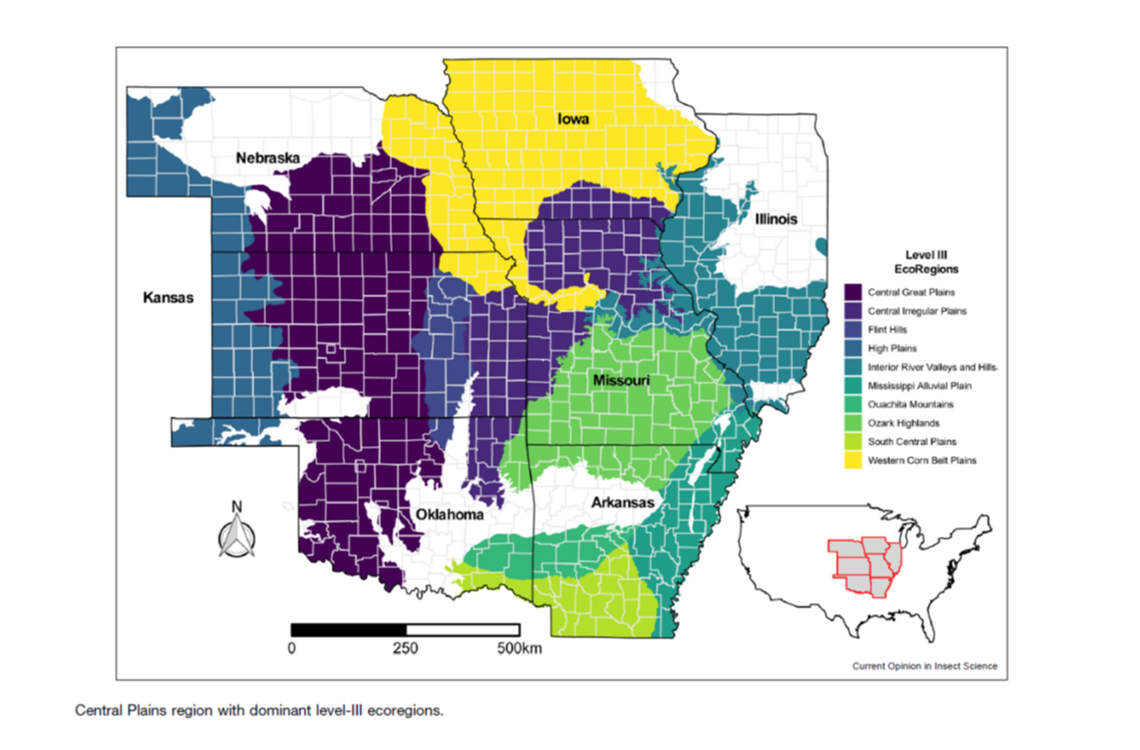“Regional dynamics of tick vectors of human disease” @gpfirescience @prairiefiresci @oakfirescience
 Monday, March 13, 2023 at 1:00PM
Monday, March 13, 2023 at 1:00PM “Regional dynamics of tick vectors of human disease”
Editor's note: This article addresses ticks for the central United States, with factors including fire frequency, expansion of red ceder woodlands, expansion of prairie reconstruction, and invasive tick species.

This review article was published February 2023 in Current Opinion in Insect Science. Access the article via the permanent web address (DOI). (https://doi.org/10.1016/j.cois.2023.101006)
Summary
The expansion of tick-borne diseases challenges ecologists, epidemiologists, and public health professionals to understand the mechanisms underlying its emergence. The vast majority of tick-borne disease research emphasizes Ixodes spp. and Borrelia burgdorferi, with less known about other Ixodidae ticks that serve as vectors for an increasing number of pathogens of public health concern.
Here, we review and discuss the current knowledge of tick and tick-borne pathogens in an undersurveilled region of the United States.
We discuss how landscape shifts may potentially influence tick vector dynamics and expansion. We also discuss the impact of climate change on the phenology of ticks and subsequent disease transmission.
Increased efforts in the Central Plains to conduct basic science will help understand the patterns of tick distribution and pathogen prevalence. It is crucial to develop intensive datasets that may be used to generate models that can aid in developing mitigation strategies.
Citation
Wimms, Chantelle, Evan Aljundi, and Samniqueka J. Halsey. "Regional Dynamics of Tick Vectors of Human Disease." Current Opinion in Insect Science (2023): 101006.

